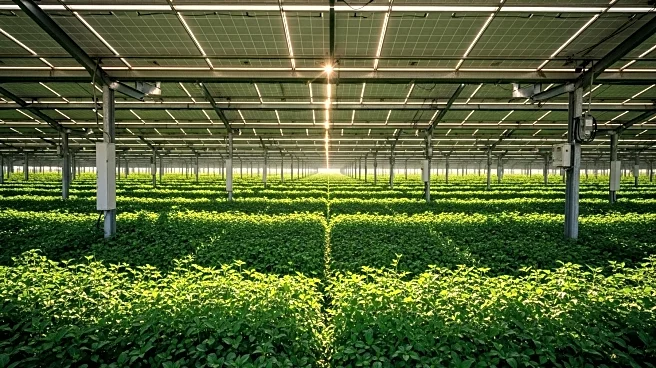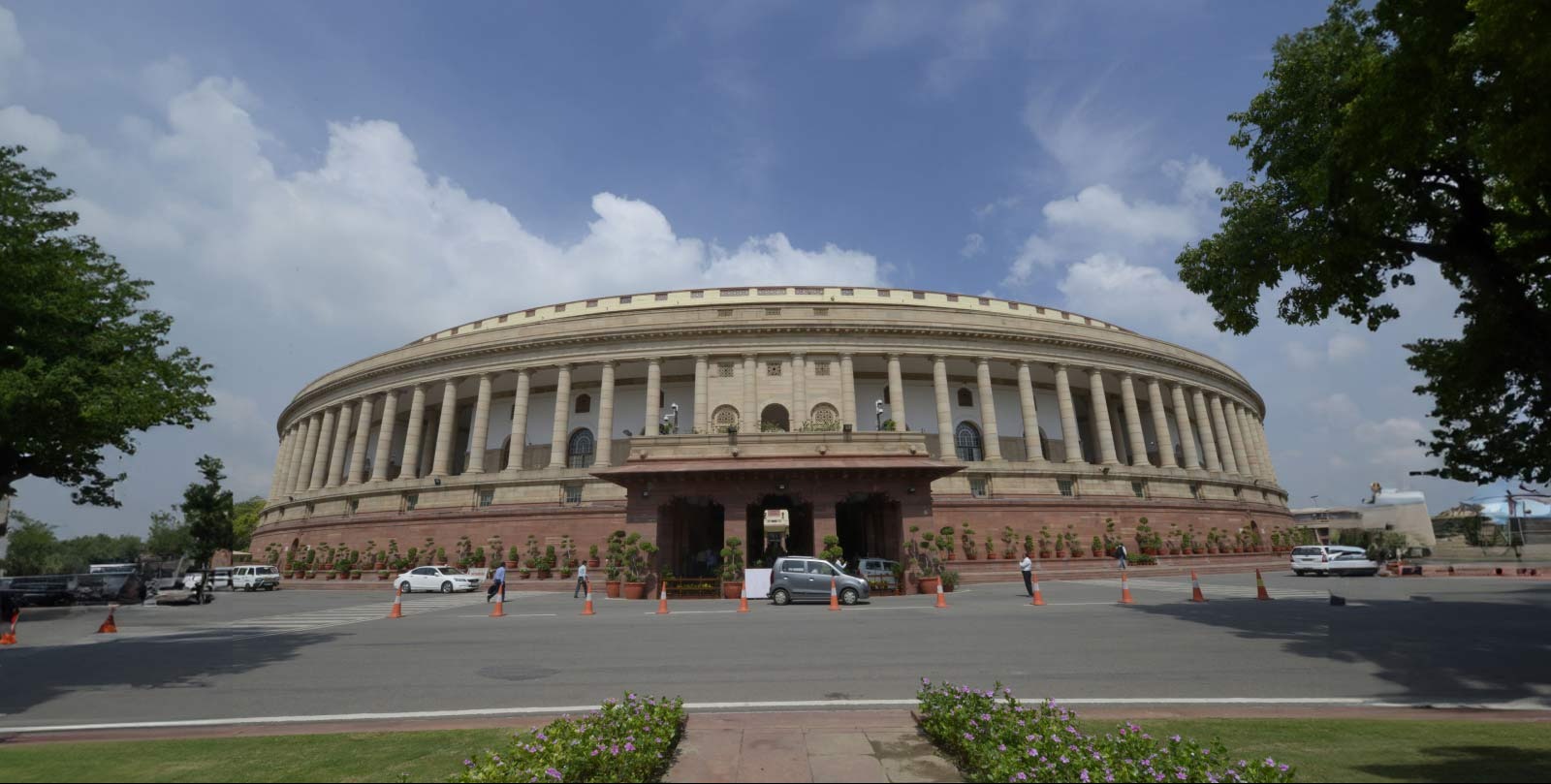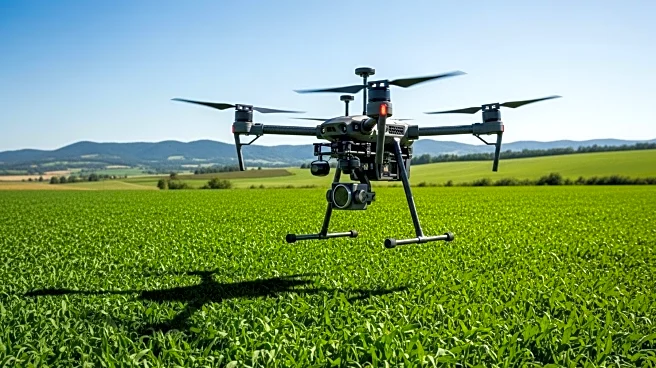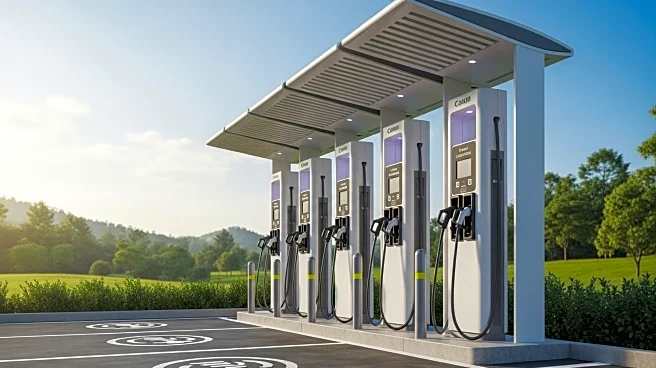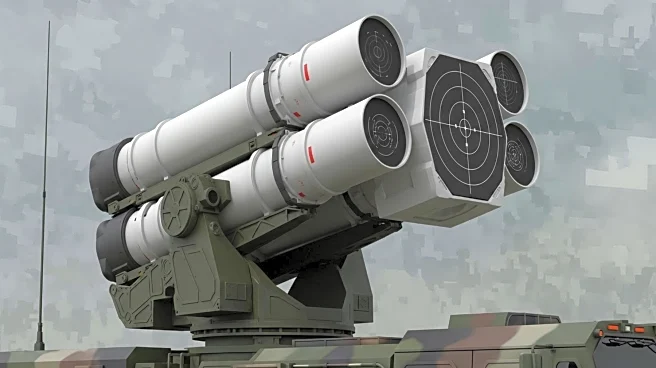What is the story about?
What's Happening?
In India, a new agricultural model known as agrivoltaics is gaining attention, where solar panels are installed above farmland to generate electricity while allowing crops to grow underneath. This approach is being explored by farmers like Harpal Dagar, who has partnered with Sun Master, a solar power firm, to install panels on his fields. Under a 25-year agreement, Dagar receives annual payments and monthly compensation for maintaining the panels, while retaining the right to sell his crops. Despite the potential benefits, such as increased income and reduced climate-related risks, the adoption of agrivoltaics in India remains limited, with only about 40 projects currently operational. Challenges include the higher installation costs of elevated panels and the need for government subsidies to make the model viable for small farmers.
Why It's Important?
Agrivoltaics presents a significant opportunity for Indian agriculture, which is heavily reliant on unpredictable monsoon rains. By providing a stable income through solar energy, this model can enhance financial security for farmers and contribute to climate adaptation by reducing irrigation needs and protecting crops from heat stress. However, the high costs and complex contractual arrangements pose barriers to widespread adoption. If these challenges are addressed, agrivoltaics could transform agricultural practices in India, offering a sustainable solution to the pressures on cultivable land and the livelihoods of over half the population dependent on farming.
What's Next?
For agrivoltaics to expand in India, government intervention in the form of subsidies and clear contractual frameworks is crucial. The solar power industry is advocating for policies that protect both farmers and developers, ensuring fair and enforceable agreements. As the technology and business models mature, there is potential for India to catch up with countries like China, where agrivoltaics is more prevalent. The success of this model will depend on selecting suitable crops, managing costs, and ensuring that farmers' economic interests are safeguarded.
Beyond the Headlines
The integration of solar power with agriculture not only offers economic benefits but also aligns with global efforts to combat climate change. By diversifying income sources and enhancing resilience to weather variability, agrivoltaics could play a pivotal role in sustainable development. The model also raises questions about land use priorities and the balance between energy production and food security, highlighting the need for strategic planning and policy support.
AI Generated Content
Do you find this article useful?
